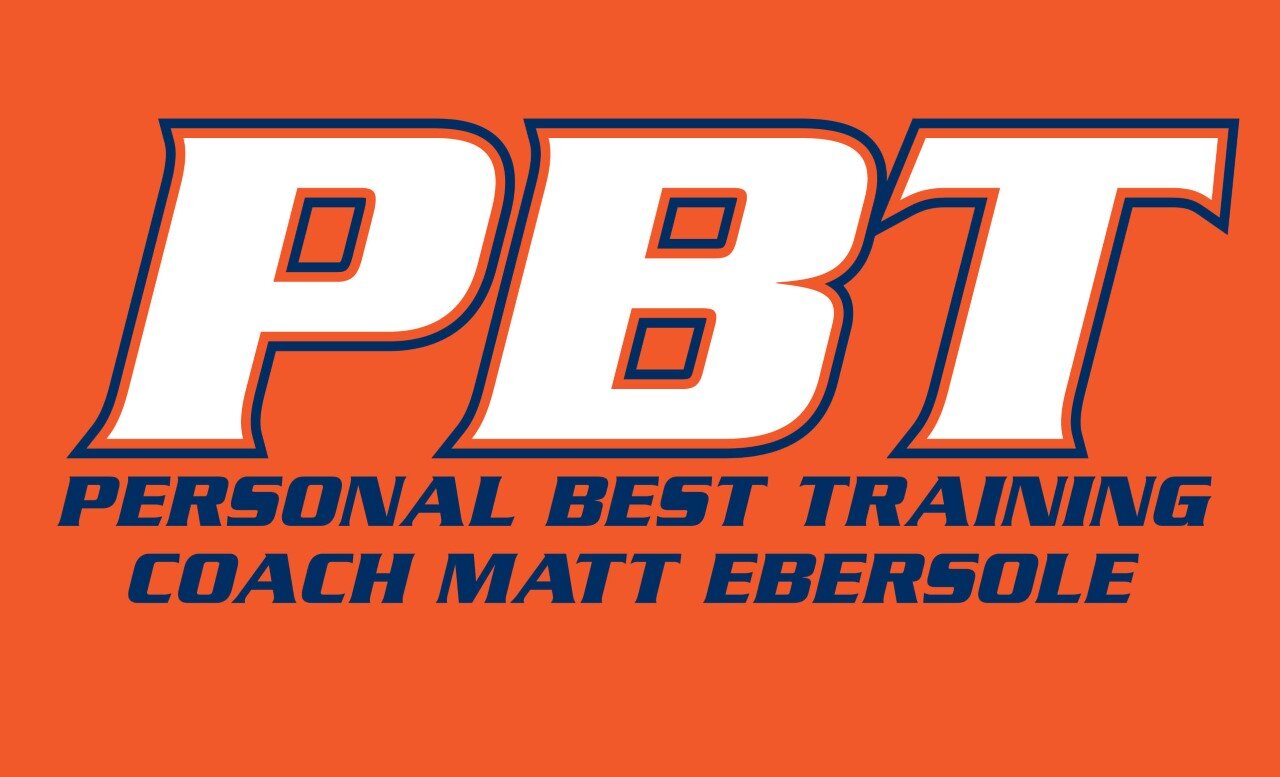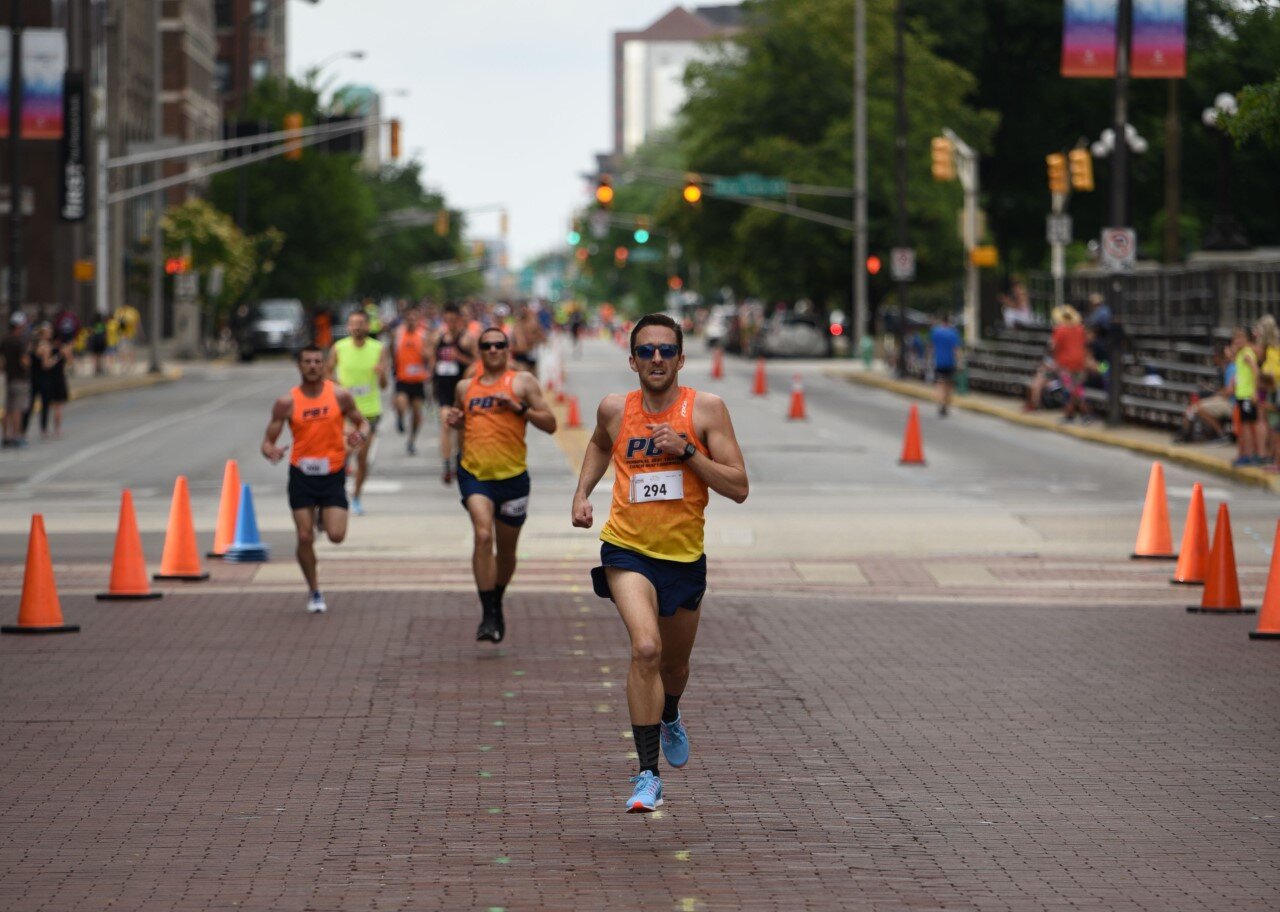Let me guess? You are thinking about running the Monumental Mile, but although you are confident in your ability to run 13.1 or 26.2 miles, you are intimidated by racing one mile. That indicates you understand the difference in the intensity level of those distances. Your Mile goals might be modest and something like these. 1) Run as fast as possible, wondering if you can run faster than your mile repeats. 2) Give a strong effort commensurate with the distance without pulling a hamstring or some other important and useful body part. 3) Accomplish one and two without embarrassing yourself.
I am going to offer you a plan to check off all three goals. Be mindful, this is not a plan for true middle distance runners. Those hybrid aerobic & anaerobic animals have been working on the specific demands of such races far longer than this crash course. This is offered to those of you who are fit and healthy, doing plenty of running, just not much we would consider mile specific. If that fairly describes you, a runner with plenty of endurance and stamina, but short on fast high intensity running, this plan is for you.
Here are a few workouts you can do in the remaining weeks before the Monumental Mile without a complete overhaul of your training. Making a big shift towards fast anaerobic training in just a few weeks is a sure bet to end in injury. These workouts are safe and effective ways to run faster with your current fitness. With any of these workouts the warm-up is critical. It’s one thing to roll into marathon pace or even a threshold run after a relaxed mile or two. That will not be enough going into something this fast. Give yourself a few miles and at least four 100m striders of fast running. These are not sprints, just fast enough to be warmed up and loose enough to run at the speeds you want for these workouts.
Aerobic Intervals. Now I just indicated that you might be lacking higher intensity training, so why are we starting with something aerobic? The reason is you can run fast and stay aerobic. My favorite aerobic speed workout is 20/40's or 30/60's (or a mix). These are 20 to 30 seconds at mile race pace. Notice, I said mile race pace, not a 20 to 30 second sprint. At that pace you will still be aerobic at the end of the fast interval and then you get to slo-mo jog for twice as long, 40 to 60 seconds to get full recovery. I know your question. How can something that short possibly help me for a full mile? Because you will fire fast twitch fibers, elongate your stride, lift your knees, change to a more cyclical than pendulum stride, and improve mechanical efficiency. Yes, that is a lot of good stuff happening in a fraction of a minute. Of course, you will want to do some repetitions. Without knowing the details of your training, I will give you a broad range of 1-3 miles worth, including the fast running and the recovery jog. When in doubt do less.
Minute On/1-2 Minutes Off. To get a small taste of anaerobic running, run hard for 1 minute going as fast as possible while being able to finish the minute without significant slowing and being able to jog the 1-2 minute recovery without walking (more my preference than a rule). This will overload your legs and lungs, exceed threshold, become anaerobic, and start serious huffing and puffing by the end, but it is a short enough duration that the stress is manageable. I'll give another broad range of 6-12 hard minutes. You might start with a 1:00 recovery and add up to a second recovery minute as needed to feel ready for the next "on" minute.
Goal Pace Intervals. To get a feel for goal pace, run 4×400m at projected mile pace followed by 4×200 at the same pace or slightly faster. The recovery for both is a 200m jog. Warning! Even if you run a pace you can maintain, it will not feel easy and it will not be obvious you could keep it going for a mile. Again, if we had a full training cycle to prepare for mile racing, this workout would be much longer. But there is great benefit from this relatively short workout.
Time Trial. There is no better teacher than experience so I encourage you to add a time trial to your remaining weeks and if you have time, you could even do this twice. If you are not confident within a few seconds of what you can run, start with the first quarter mile at an effort that you feel sure, though it would be hard, you could maintain for 1 mile. In the second quarter mile some doubt should start creeping in whether you can maintain the pace for the rest of the mile, but you are still under control. In the third quarter your doubt will rise, and you may even slow down but realize this is harder, at least mentally, than the last 400. Work to maintain your speed without going to full all-out effort. The last quarter mile will get hard, but you are close enough to the finish that you will make it. This strategy helps you avoid the most common and costly mistake of starting too fast. But whether you still start too fast or too slow you’ve learned a great lesson and can adjust for race day. If you’ve done this early enough and still have time for another time trial, at least one week before the Monumental Mile, you can try to run even splits from the start at what you averaged in the first time trial. Hopefully, you will surprise yourself and be able to finish the last half or quarter-mile at a faster pace than your first try. There is a racing skill component to the mile that is significant. Meaning two people with the same fitness but one that has the experience and knowledge to get the most out of themselves over a mile will always beat the person trying to figure it out for the first time. That is why a time trial or two can be very helpful.
I hope these workouts turn your worries into excitement and I look forward to seeing you on Meridian Street on June 3!
FYI, here are the world record splits for the mile. Notice the even and negative pacing.
Men's WR Hicham El Guerrouj 55.07, 56.51, 56.33, 55.49 = 3:43.4. These are 440y splits.
Women's WR Sifan Hassan 64.26, 63.94, 61.93, 62.20* = 4:12:33. The first 3 splits are 400m and this one is 409m for the full mile.
Previous Mile Posts
5/5/19 Summer Vacation
5/31/18 Last Call - Mile Run
5/3/17 The Gold Standard
5/4/16 The Monumental Mile
6/3/14 The First Mile
4/24/14 First Call Mile Run























